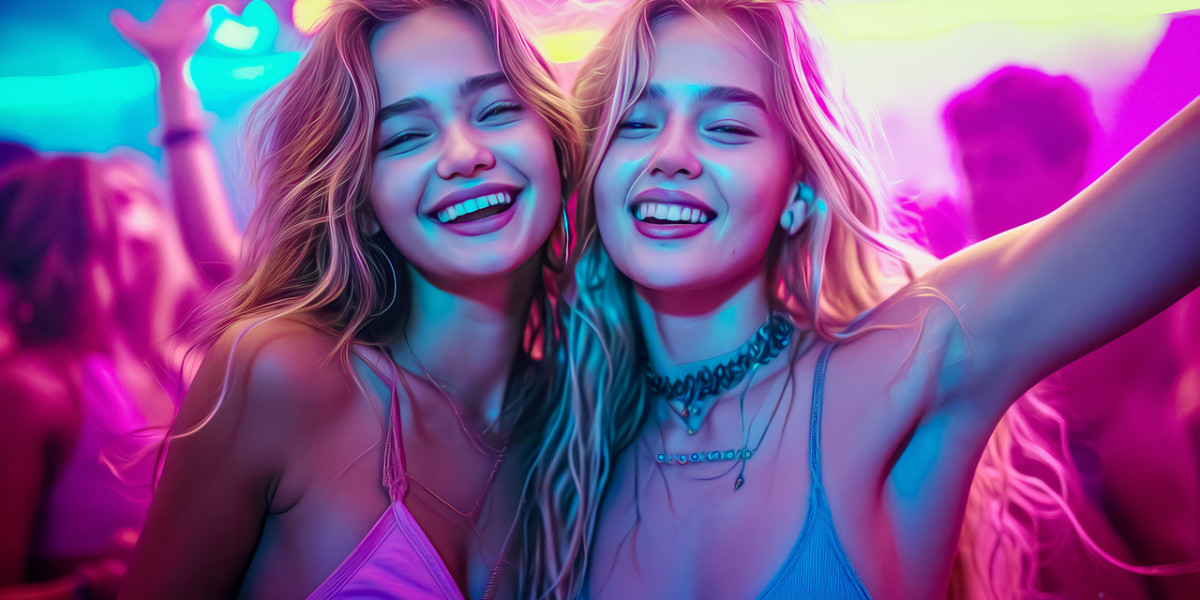What is Drop Testing?
Drop Testing is a method used to simulate the impacts a product may endure during its lifecycle, particularly in terms of handling, shipping, and potential accidents. By dropping a product or package from a set height onto a hard surface, manufacturers can evaluate its durability and structural integrity. This type of testing is crucial for identifying design weaknesses that could lead to damage or failure during normal usage.
How Does Drop Testing Work?
A typical Drop Tester setup includes a platform from which the item can be dropped, a base on which the item impacts, and measurement tools to assess the effects of the drop. Tests vary by the type of product being tested and can include flat, edge, and corner drops to simulate different impact scenarios. The key parameters set during testing include the height of the drop and the surface type on which the product lands. Standards such as ASTM D5276, ISTA, and TAPPI T802 often guide the methodologies for these tests.
Key Features of Drop Testers
Adjustable Drop Heights: This feature allows testers to simulate a range of drop scenarios that a product might face.
Precision Controls: These ensure that each drop is consistent and replicable, which is vital for obtaining reliable test results.
Different Impact Surfaces: Some testers come with various surfaces on which the product can be dropped, providing insights into how different scenarios affect the product's durability.
Importance of Drop Testing
Product Safety and Integrity: Helps manufacturers ensure that their products are durable enough to survive mishandling and accidents.
Regulatory Compliance: Many industries have standards that products must meet before they can be marketed. Drop Testing helps in complying with these regulations.
Customer Satisfaction: Products that are tested for durability tend to have lower rates of damage during shipping, leading to higher customer satisfaction and lower return rates.
Benefits of Drop Testing
Product Improvement: Insights gained from Drop Testing often lead back to the design phase, where improvements can be made to enhance durability.
Consumer Confidence: Products proven to withstand drops are likely to boost consumer confidence and satisfaction.
Compliance and Standards: Adhering to recognized standards through Drop Testing helps companies stay compliant with industry regulations, which can be crucial for market access and acceptance.
Cost Efficiency: By reducing the likelihood of damage during shipping and handling, Drop Testing can save significant amounts on returns and replacements.
Choosing the Right Drop Tester
When selecting a Drop Tester, it is important to consider the specific needs of your industry and the standards you must meet. Features like adjustable drop heights, motorized lifting, and different impact surfaces can offer the versatility needed to conduct thorough and varied testing scenarios. Companies like Pacorr offer a range of Drop Testing equipment that can be customized to meet diverse industry requirements, ensuring that all testing is as efficient and effective as possible.
Applications
Drop Testing is used in several fields, notably:
Electronics: Testing devices like smartphones and laptops for durability if dropped.
Packaging: Ensuring that packaging can protect its contents under rough handling.
Toys: Assessing whether toys can withstand being dropped by children during play.
In summary, Drop Testers are crucial in ensuring that products meet the required durability standards and perform reliably under stress, thereby enhancing product quality and consumer trust.
Conclusion
Drop Testing remains a cornerstone in the quality assurance processes of many industries, ensuring products are robust enough to handle the rigors of real-world handling and transportation. With advancements in testing technologies and a better understanding of material sciences, Drop Testing continues to evolve, providing even more precise data to help improve product designs and enhance consumer safety.
Frequently Asked Questions (FAQ)
1. What is a Drop Tester?
A Drop Tester is a specialized device used to simulate the conditions a product might face if dropped, helping manufacturers assess its impact resistance and structural integrity.
2. Why is Drop Testing important?
Drop Testing ensures that products are robust enough to handle typical mishaps during shipping, handling, or everyday use, thereby reducing the risk of damage and enhancing customer satisfaction.
3. Who uses Drop Testers?
Drop Testers are commonly used by industries that manufacture consumer electronics, packaging materials, toys, and any goods where durability during transport is crucial.
4. Can Drop Testing parameters be customized?
Yes, Drop Teste are versatile tools that can be adjusted to cater to specific needs, including variable heights and angles, depending on the product's design and usage scenarios.
5. What features are important in a Drop Tester?
Important features in a Drop Tester include adjustable drop heights, the ability to handle various sample sizes and weights, and precision controls for repeatable results.
6. Are there international standards for Drop Testing?
Yes, there are international standards such as ASTM, ISO, and ISTA that provide guidelines and protocols for conducting drop tests effectively.
7. What steps should be taken if a product fails a drop test?
If a product fails a drop test, it's crucial to analyze the failure, identify weaknesses in design or materials, and make necessary improvements to enhance durability.








